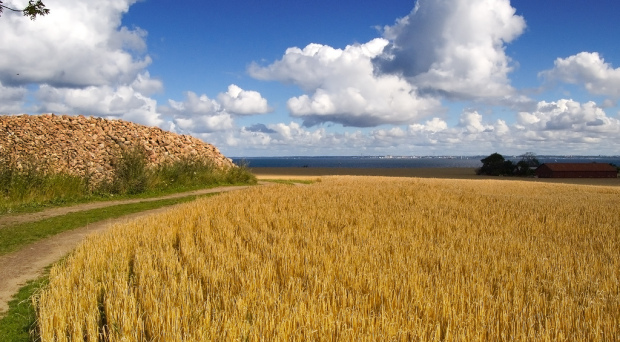
In the arms race between plant and pathogen, mechanisms of defense and attack are highly interdependent. When it comes to crops and disease, no synthetic pesticide can compete with the natural resistance that has evolved in the plants themselves to combat invaders.
Fungal pathogens, in particular, use degrading enzymes to digest plant cell walls, gaining access to host tissues and causing extensive devastation. These enzymes target the different polysaccharides that make up the cell wall with a high degree of specificity. One clever mechanism that plants employ to evade disease is to biochemically modify the components of their cell walls that are targets for fungal enzymes, protecting themselves from digestion.
Breeding better crops
This inherent resistance to pathogens is among the most desired traits a crop could have, but the genetic origins can be complex and difficult to confidently identify. Therefore, linking the biochemistry of the cell wall components to underlying genetic factors not only results in a clearer understanding of resistance mechanisms, but also provides knowledge about how to go about breeding heartier crops.
In an article published this week in BMC Plant Biology, Daniela Bellincampi from Sapienza University, Italy and colleagues set off to identify fungal-resistance mechanisms in durum wheat, a type of wheat that is the source of the world’s semolina, couscous and pasta. They focus on cell wall attributes of sensitive and resistant wheat and find interesting correlations between certain cell wall modifications and the degree of resistance to fungal infection.
Worldwide, up to 50% of wheat is lost due to the fungus Fusarium graminearum, which causes the disease Fusarium head blight (FHB) in cereals and grasses. There are resistant strains of common wheat and there is a good understanding of the genetic makeup that determines FHB tolerance, although it is complicated, encompassing many genes and many factors.
In contrast, resistance in durum wheat remains to be fully characterized. As it is such an important crop, breeding FHB-resistant durum wheat would have beneficial economic and agronomic consequences.
Scientific toobox
In this recent study, the authors employed techniques to elucidate the genetic and biochemical differences between FHB-sensitive durum wheat and FHB-resistant common wheat. They found significant differences in the chemical composition of the cell walls that correlated with the degree of FHB-resistance. In this way, they demonstrate how the plant can help defend itself from fungal infection with cell wall “armor” made up of various complex substances.
This study also identifies a candidate gene that contributes to the cell wall modifications associated with fungal resistance that could potentially serve as a genetic source of FHB-resistance in durum wheat breeding schemes.
Towards fungal-resistant wheat
The more we understand the elegant solutions that plants employ to fight the problem of pathogens, the more we will be able to harness these natural sources of resistance to breed better crops. This valuable study shows the importance of having a multi-tiered understanding, from genetics to biochemistry to tissues, of how plants resist fungal infection. This useful information can be used in the development of superior durum wheat in the future.
Comments